Plan Info
The Crucifixion of Jesus: A Six-Day Meditation on Christ’s Ultimate SacrificeSample
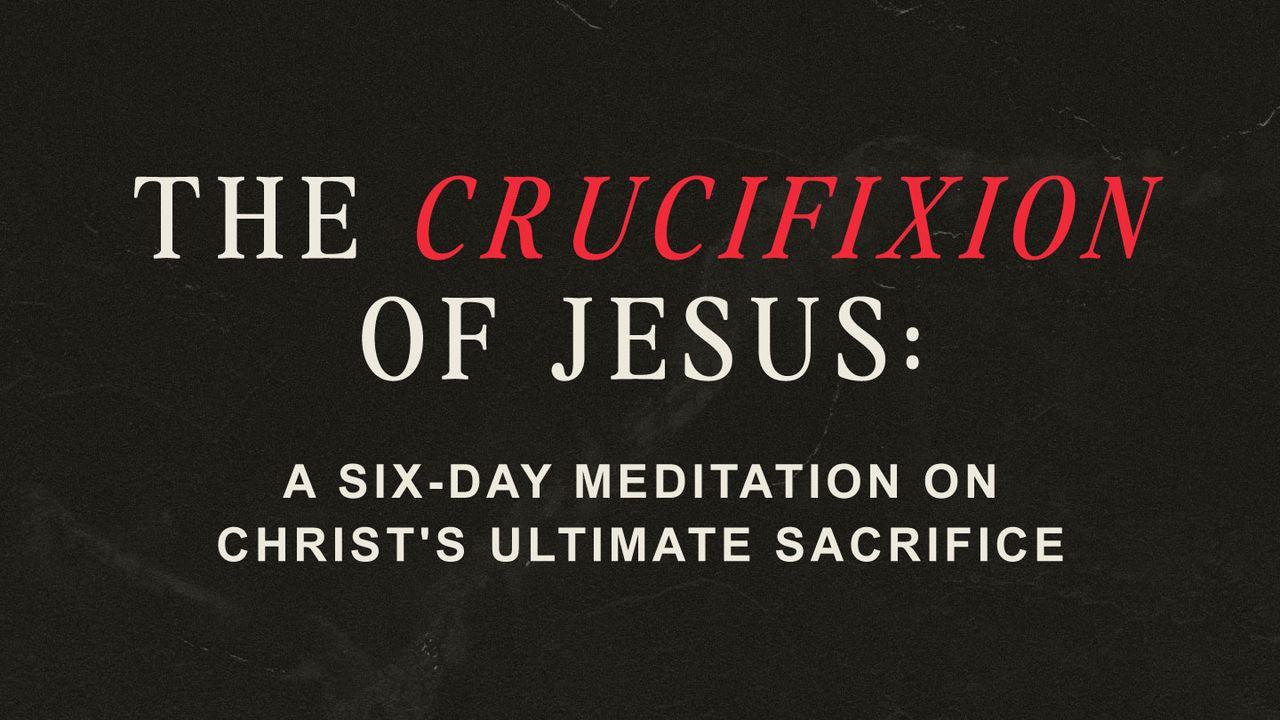
Once both of his arms are firmly nailed to the wood, the crossbeam and victim are hoisted onto the stipe. Four or fewer soldiers can perform the maneuver on a low cross, with forks and ladders used for taller crosses. Once the cross is in place, the victim’s feet are wrenched into extension as a spike is driven through the feet, twisting the knees into extreme flexion.
From here, it is simply a waiting game. Death can come from heart failure, sepsis, dehydration, blood loss, and a host of other painful conditions including acidosis or hypovolemic shock. If Jesus’s arms are extended upward behind him, death is induced by slow asphyxiation. As the whole weight of the body is supported by outstretched arms, the chest presses down on the lungs, making every breath a nightmare.
This is by no means the end of the victim’s torment. Soldiers were free to do what they wanted with the victim, such as cutting off an ear or tongue or spearing out an eye. Josephus reports how one set of soldiers under the Greek king Antiochus IV hung a victim’s strangled child around his neck.
In addition to harassment from soldiers, crucifixion victims also have to endure nature. Any manner of insects can feed on or burrow into open wounds. Birds of prey can swoop in for a quick peck of flesh. The slow process of dying can take as long as four days—fewer, if the earlier scourging is particularly severe. The entire process of crucifixion is unbelievably painful; it is where we get the word excruciating.
But there is a spiritual component as well. Crucifixion is tantamount to hanging from a tree, which both Old and New Testament writers view as being cursed by God (Deuteronomy 21:22–23; Galatians 3:13). As Jesus tries to find the least painful position on this horrific “tree,” we must remember that this entire act is voluntary. He believes he must be murdered to take the punishment of all human sin on his shoulders. This horrendously slow murder is nothing less than self-sacrificial agape in action.
With the crucifixion underway, soldiers can affix a titulus atop the cross, listing the name of the criminal and his crime. This is easier done on a low T than a high T, but it can be done in either case with the help of a ladder. Sometimes they simply hung it around the convict’s neck. Sticking with Herod Antipas’s dress-up king joke, Pilate orders a sign to be posted on the cross in Aramaic (the common tongue), Latin (the official Roman), and the international Greek: Iēsous Nazōraios Basileus Ioudaiōn. He wants all the Passover pilgrims to know this offender and his offense: Jesus of Nazareth, King of the Jews.
His crime is unquestionably political. Ever the nit-picking religionists, the chief priests unbelievably ask Pilate to edit his sign: “Do not write, ‘The King of the Jews,’ but rather, ‘This man said, I am King of the Jews’” (John 19:21). Pilate has had enough from the corrupt high priestly House of Annas this day, and replies, “What I have written I have written.”
Scripture
About this Plan
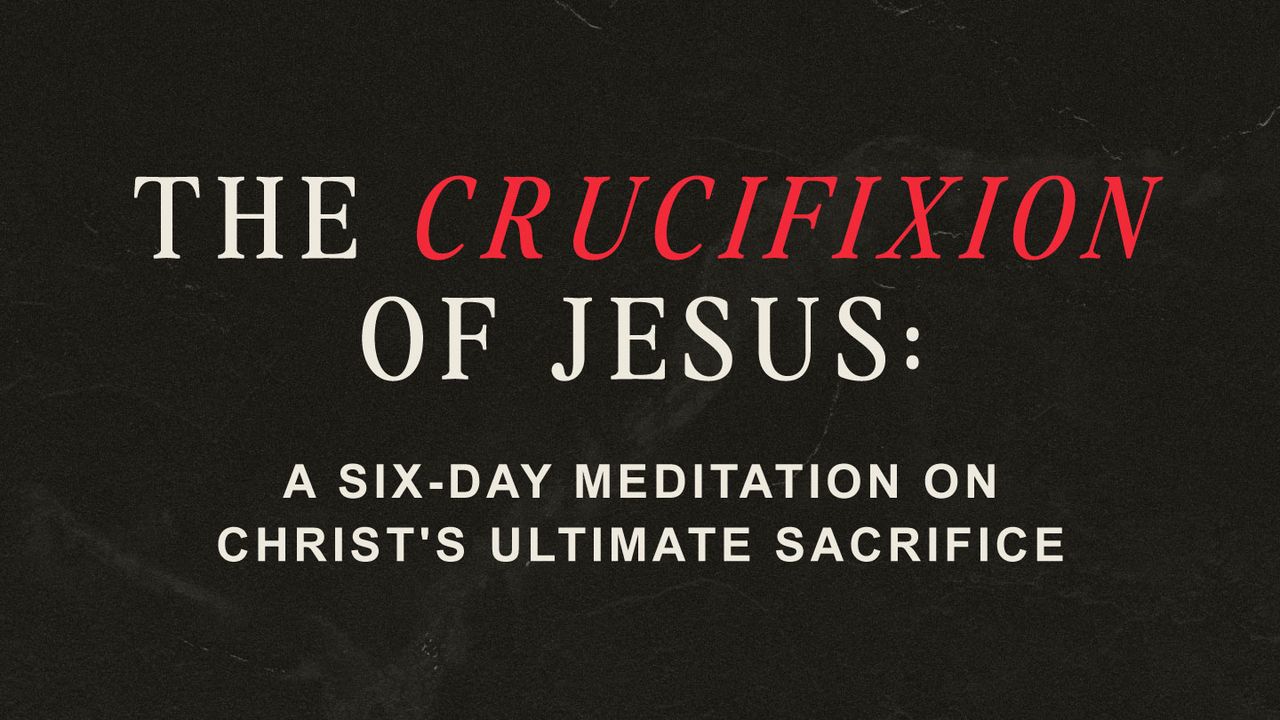
Jared Brock, award-winning biographer and author of A God Named Josh, takes the account of Jesus’s crucifixion and deftly explores the history, science, theology, and philosophy of Christ’s voluntary sacrifice. In this 6...
More
We would like to thank Baker Publishing for providing this plan. For more information, please visit: https://bakerbookhouse.com/products/466100
Related Plans
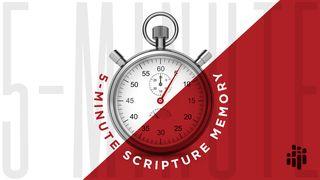
5 Minute Scripture Memory

Keep the Faith in a World Turned Upside Down by Dr. David Jeremiah

I Shouldn't Feel This Way by Dr. Alison Cook

From Now On

Hope Beyond Circumstances

What If...
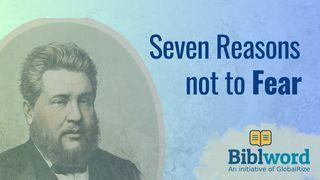
Seven Reasons to Not Fear
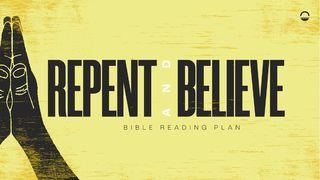
Horizon Church May Bible Reading Plan: Repent and Believe - the Gospel of Mark

At the Feet of Jesus
